Since I can remember I have had an inexhaustible fascination with the Cold War. It is period in history which encapsulated so much. Even today its influence can be felt across culture and society where it still exists so prominently in politics, cinema, and literature. It was a war that some say never truly ended. What I found so intriguing about this era and what brought my imagination to life was how it illuminated a world of Espionage and Femme Fatales.
It was a time when the world was driven mad by paranoia and led to the brink of destruction. It was as we know, not a war fought on the battle field, but everywhere from the chess board to the moon. The icy and all powerful grip of the Cold War manifested itself into the everyday lives of so many; suspicion was king, and spies reigned supreme. The only person you could trust was yourself. After all, who else was going to trust you.

I grew up intoxicated by the works of John Le Carre, Grahame Greene and James Bond, inhaling them religiously and picturing myself modestly as a suave and sophisticated government agent working undercover to save the soul of a nation. In reality, I’m fairly certain I’d have been rumbled on my first mission and sent to my death all before dinner time.
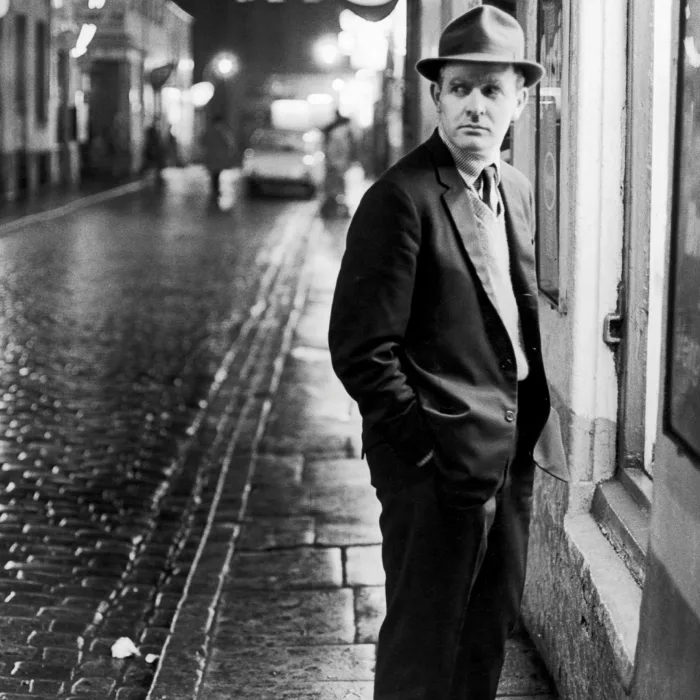
My long fascination with the world of Espionage led me to Berlin and, as I arrived in the city, it was hard not to be completely overawed by its history. I made my way to the train station and it was there I saw an old poster plastered against the wall of the platform, which read ‘Welcome to the City of Spies.’ When I saw those words staring at me, it sent a chilling and thrilling sensation down my spine.
DEUTSCHE ESPIONAGE MUSEUM
I sleuthed my way through the crowded and excitable streets of Berlin in search of the only museum in Germany dedicated to the topic of international espionage, The German Spy Museum. It is a place that covers a wide and complex range of topics connected to the underworld of Espionage: the history of intelligence agencies, the political, social and military context and the technology involved.

Situated on Leipziger Platz in the heart of Berlin, the museum is located on the site of the former Berlin Wall and thus the fault line of what was once the Capital City of Spies; it represents the ideal location for an exhibition focusing on all aspects of international Espionage.
Addressing an international audience, the museum brings to life the culmination of many years of intensive academic groundwork and deals with secret operations, mysterious Espionage affairs and the legendary spies from history all the way through to the present day.
The exhibition focuses on the central role assumed in this conflict by Berlin due to its location at the epicentre of the Cold War. Retracing the ideological battle of this period, the story is brought alive with a range of original artefacts and references to local events of historical significance.
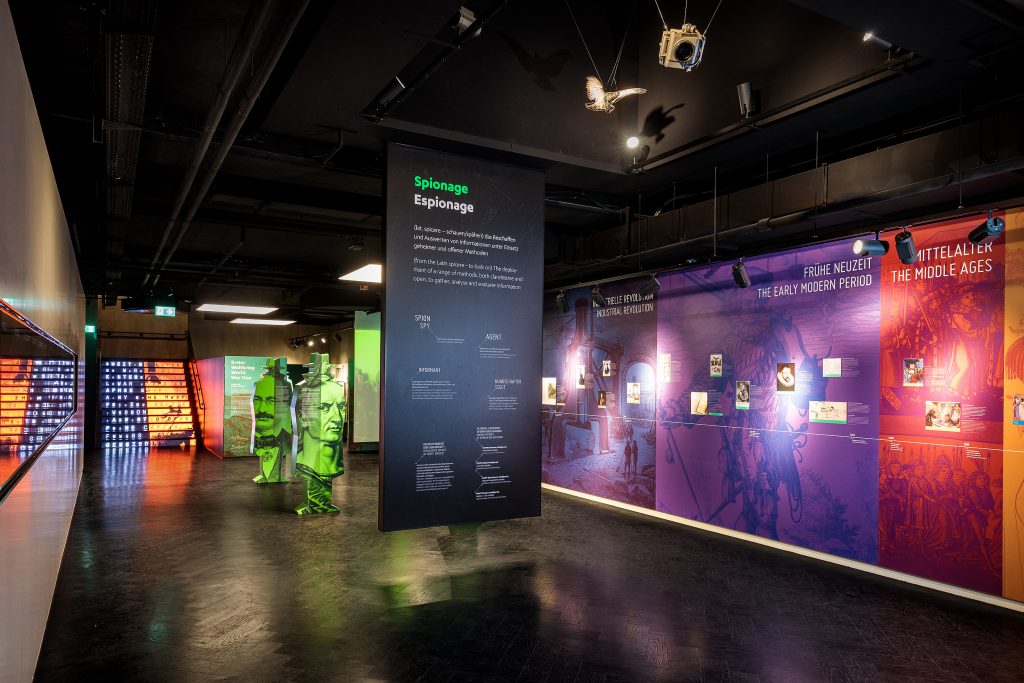
The museum also introduces visitors to a range of questions on contemporary relevance of data security, individual rights in the surveillance society, and issues surrounding Social Media. Over three hundred rare exhibits and a wide range of exclusive interviews conducted with former spies, leading experts, historians, politicians, hackers and journalists all enable the visitor to breathe the air of history.
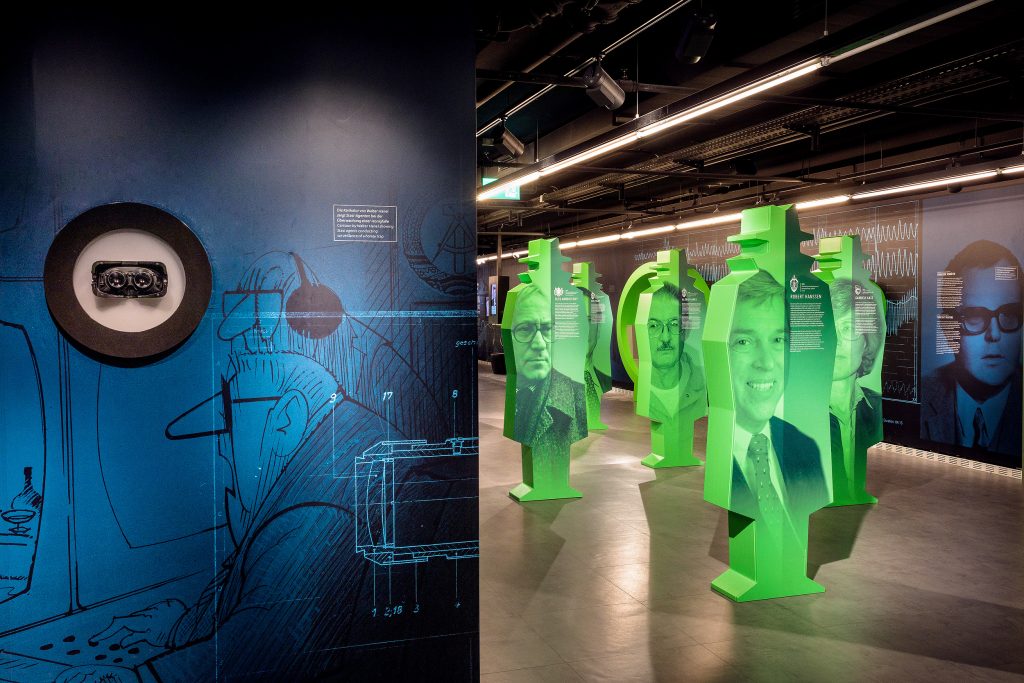
All exhibits from the museum are accompanied by first- hand accounts from eye-witnesses and expert commentary from leading academics that allow you to see a world where fact was stranger than fiction. Wondering around and examining each artefact, it’s hard not to be utterly fascinated by the level of detail that was dedicated by various organisations to winning the invisible war.
I may never have became the spy I dreamed of being when I first read Call For The Dead, but for a couple of hours on a cool winter’s day in Berlin, I was able to dream once more.

THE WORLD OF ESPIONAGE
Knowledge has always been power – right back to the earliest settlements and the need of every ruler to find out what his enemies were doing, thinking and planning. The bureaucracies developed to administer and rule the ancient empires generated a wealth of collated information with rich potential for espionage and required protection from a counter-intelligence organisation.
The Ancient Egyptians, Persians, Greeks and Romans all maintained intricate spy networks to watch both foreign powers and their own people.
A well-placed spy is worth 20,000 men in the field.
Napoleon Bonaparte
Espionage was professionalised during the 15th century. The counsellors of the English Queen Elizabeth 1 established the first dedicated intelligence network, whilst in France, Cardinal Richelieu (1585 – 1642) used his Cabinet Noir to monitor the correspondence of foreign diplomats and those suspected of treason. The advent of new communication technologies such as the telegraph, telephone and radio signals in the 19th century changed the face of spying.
The intelligence organisations of the two World Wars played a decisive role in influencing the military course of the war – The British code breakers in World War Two were able to decipher German code and provide vital information. The Cold War was also characterised by large-scale Espionage never seen before; the intelligence services were used both to gauge the strength of enemy forces and shore up various political systems.
THE COLD WAR
As the frontier of the Cold War after 1945, where East met West, Berlin soon acquired a reputation as the capital city of international espionage. Divided between the Soviets and the leading NATO powers, Berlin brought the representatives of the two blocs into immediate contact like nowhere else.
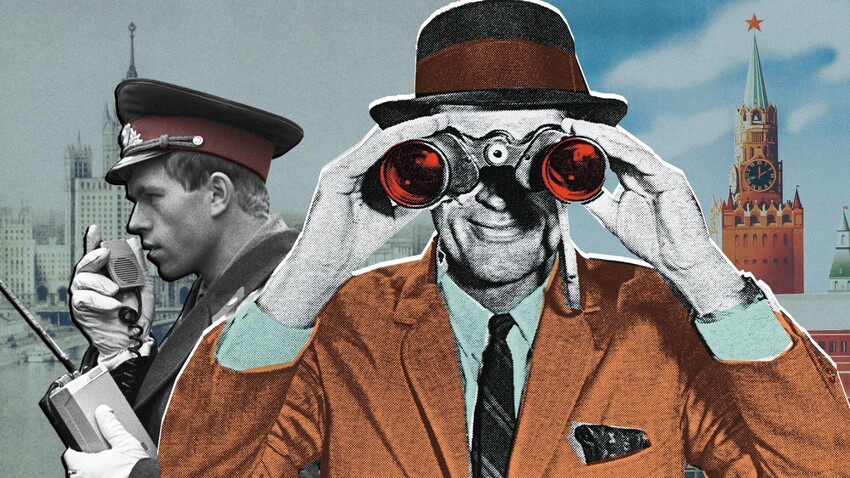
The establishment of the German Democratic Republic (GDR) in 1949 did little to reduce the tensions, merely adding two more players to the game. Seeking to take advantage of the relative ease with which people could cross from East to West and back again, the world’s agents came to evaluate what in the 1950s provided the best source of intelligence: people.
East Germans escaping to the West via the open Berlin border were subject to close interrogation about life in their former homeland, whilst staying in emergency accommodation centers such as Berlin Marienfelde. Some agents even managed to convince the refugees, so recently arrived from the East, to return to the GDR and spy for them there.
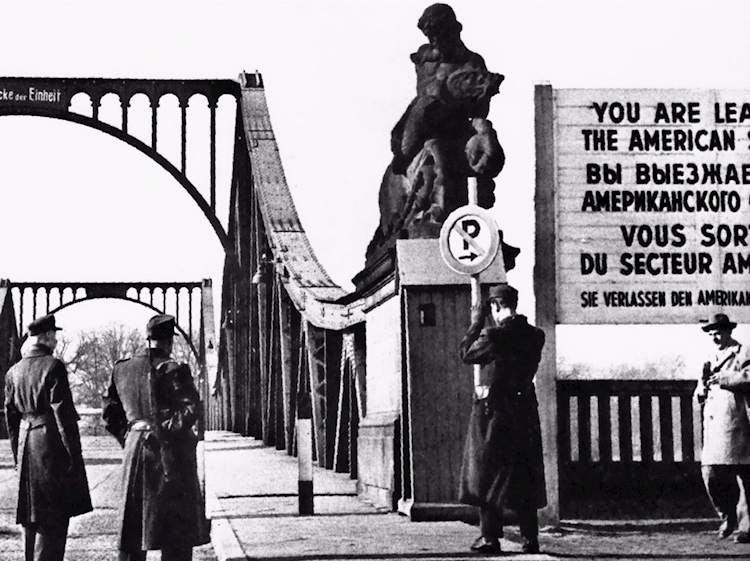
The early period also saw the development of more sophisticated methods of spying – in the mid-1950s, the American and British intelligence services tunneled 450 metres underneath East Berlin and tapped into important telephone wires. Operation Gold as the project was called was betrayed by a KGB double Agent who worked for the MI6 and the Soviets later discovered the operation.
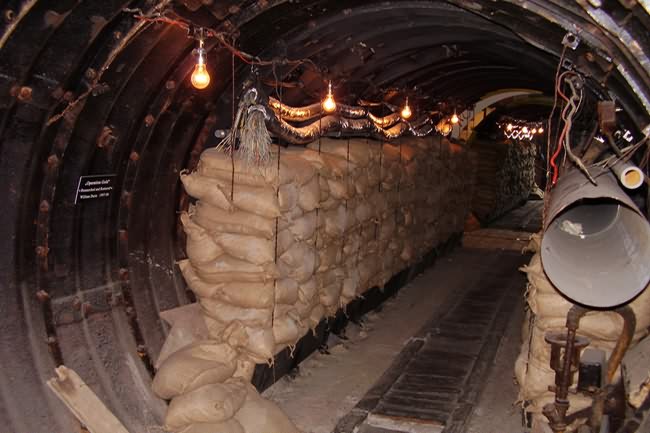
The collapse of the Warsaw Pact in the 1990s heralded a further paradigm change for the world’s intelli-gence agencies, which are now forced to deal with industrial espionage and since 2001, the threat posed by international terrorism. Many governments have moved towards the mass surveillance of Big Data, which they justify by citing the terrorist threat. Given the sheer scale of the internet and the vast volume of its data traffic, this poses a considerable challenge to the activities of today’s spies.
—
For more information on the German Spy Museum, please visit here
